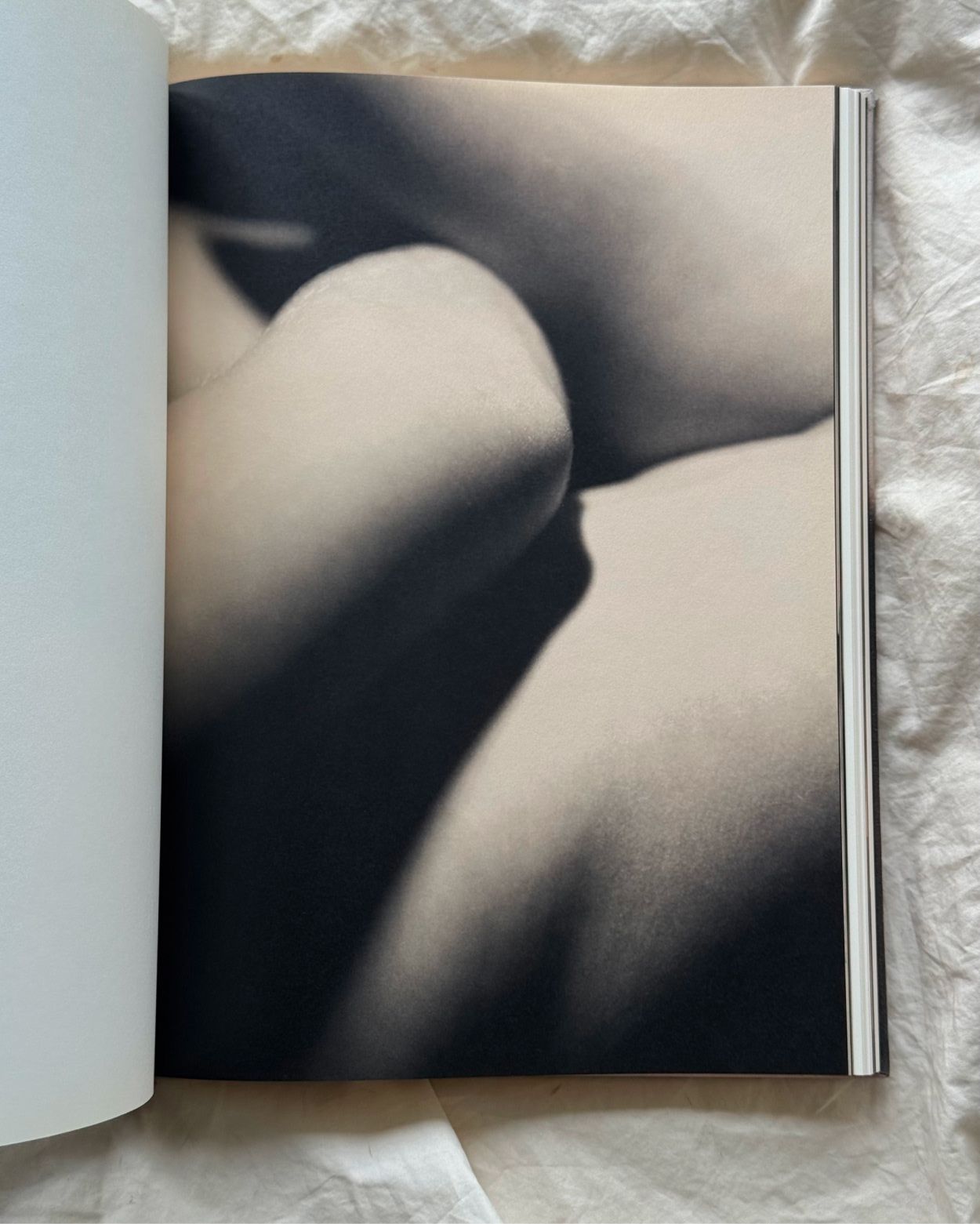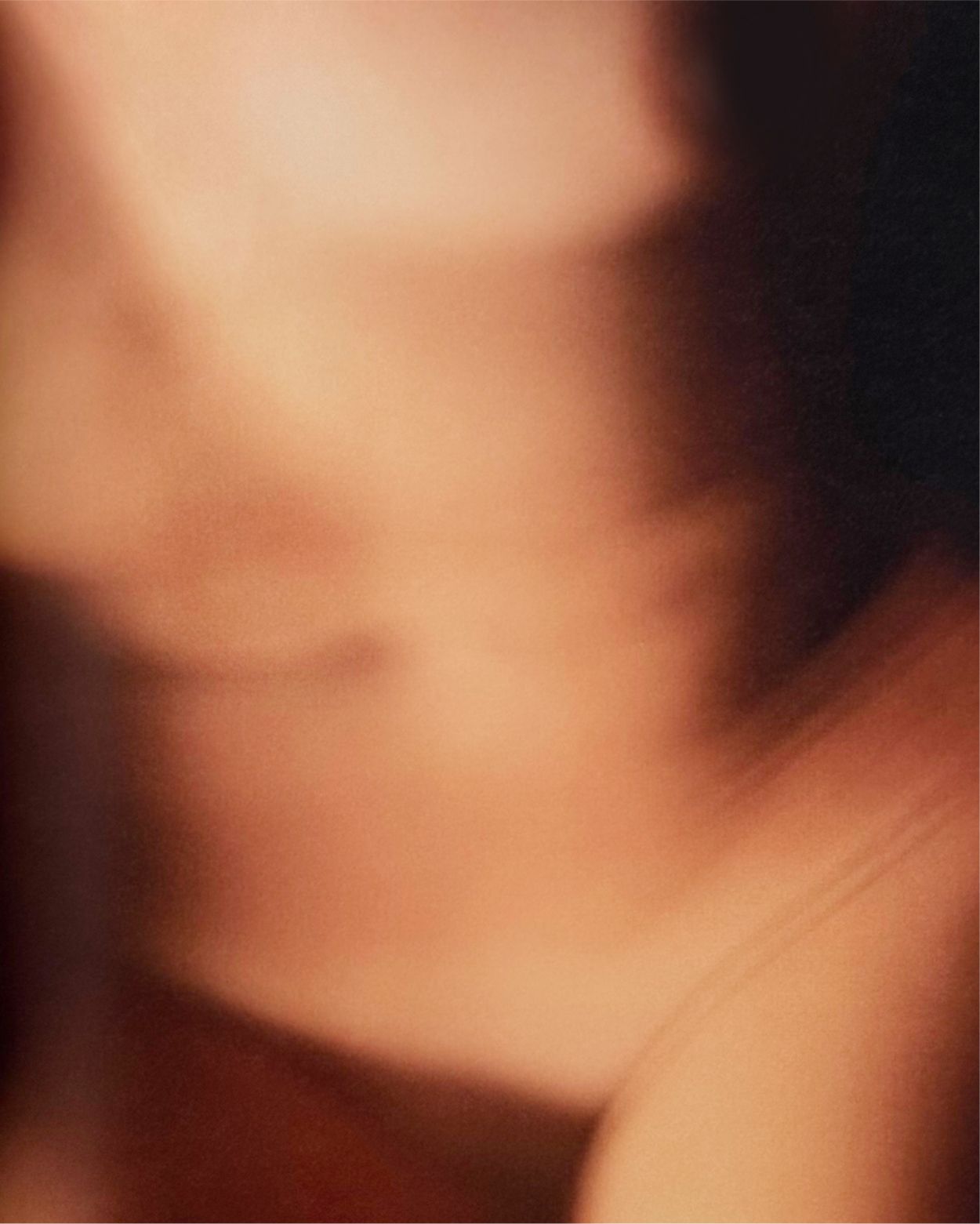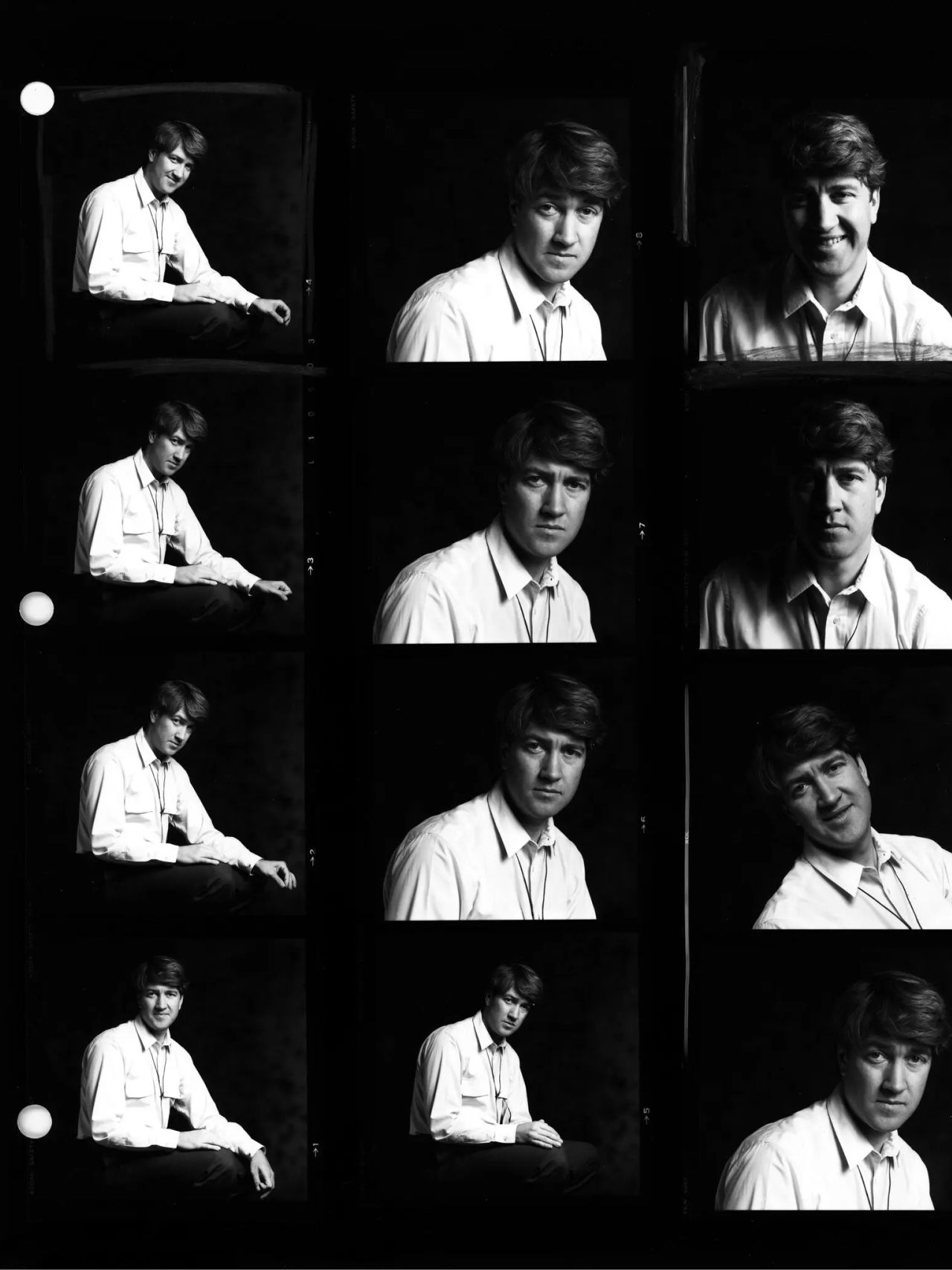Outside the gleaming edges of the screen, a look at how the tireless auteur brought his big ideas to the realms of sculpture, music, photography, painting, interiors and beyond.
So much has been written about David Lynch in the week since his passing—funny for an artist who famously rejected the definitive-ness of words. ‘The film is the thing,’ he’d say with a smile, frustrating many well-intended but brows-furrowed interviewers. He believed cinema to be a language unto itself, and that trying to turn it back into regular old words was tantamount to torture. What’s worse, he worried it would shrink the shimmering surface area needed for individual interpretation. As his longtime collaborator and on-screen avatar Kyle MacLachlan wrote, ‘David knew that anything he said would be putting his thumb on the scale. And he wanted people to experience his work on their own and take away what they wished.’
His refusal to offer easy explanations is a part what draws people into his work, captivated by the spiritual investigation of Twin Peaks, the disorienting dream logic in Mulholland Drive or Inland Empire. While Lynch proved his peerless ability to ask big questions as a director to both critical and public acclaim, lots less has been said about his successes as multi-modal artist, a tireless creator who pursued versions of these ideas across painting, sculpture, music, photography and even spaces. For the uninitiated viewers or even avowed Eraserheads, here are five alternate entry points into the world of David Lynch:
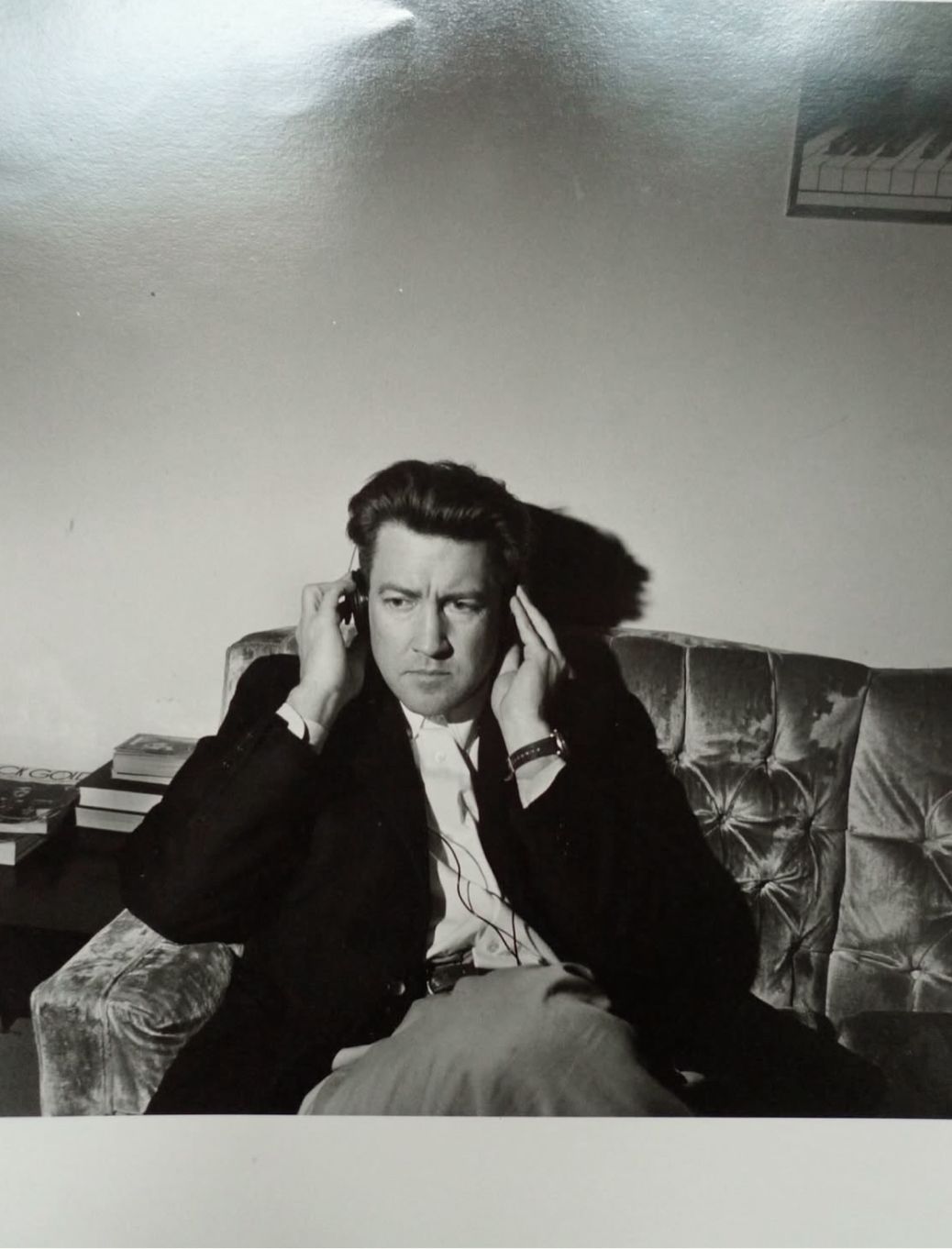
‘GOOD DAY TODAY’
Full disclosure: David Lynch is an almost DNA-level part of my life experience. Born into a town of about 3000 people between Seattle and the Canadian border, one of my first not-quite-conscious memories is drifting off to the Twin Peaks theme as we drove through the woods at night, a track my mom dubbed onto all of our roadtrip mixtapes. When I finally had the chance to watch the show as an adult, it felt as much like a documentary about my hometown as a dream—it rattled me to the core and changed my life forever (I know I’m not alone in this feeling, which is part of what I love about loving this show).
When Lynch finally dropped Crazy Clown Time in 2011, his debut musical album, I had just finished another binge watch of the entire pre-return Twin Peaks series and was desperate to find more of that feeling. I bought the CD on release day and immediately took it out to my car, a private place where I knew I could play it loud enough to permeate every cell in my body. 'Pinky’s Dream,' the thundering full-moon highway opener with Karen O. blew my hair back, but nothing could have prepared me for track two. A sudden cascade of doppler-effected sound and engine scraping gave way to a clacking and club-ready dance beat, a warm string-pad suffused with melancholy and a voice that broke like light through a dark cloud. With that, Good Day Today became a defining song of my 20s, a perfect soundtrack for midnight rides or moody mornings — listen now.
‘BIG BONGO NIGHT’
Presented at Pace Gallery in New York, David Lynch’s first solo exhibition with the gallery featured mixed media sculptures, paintings and work on paper. Most intriguing here was his venture into something resembling decorative arts. With plainspoken titles like Ladder Lamp and Mappa Burl Top Lamp, his light sculptures felt as strange as the infernal radiator that David Bowie’s short-lived Philip Jeffries got banished to in Twin Peaks: The Return, but also like they’d be right at home in an extremely chic New York loft. Forged in various combinations steel, wood, resin, plexiglass and plaster, the lamps reflect the artist’s fascination with factories, spiritually-charged totemic objects, nature and the storytelling possibilities of light. ‘Electricity is so thrilling and think about wood... nature supplies this for us, all different kinds of wood, and the structure of it can be sawed, sanded, shaped, polished, turned into furniture, so many things like houses,’ — See the exhibition at Pace Gallery.
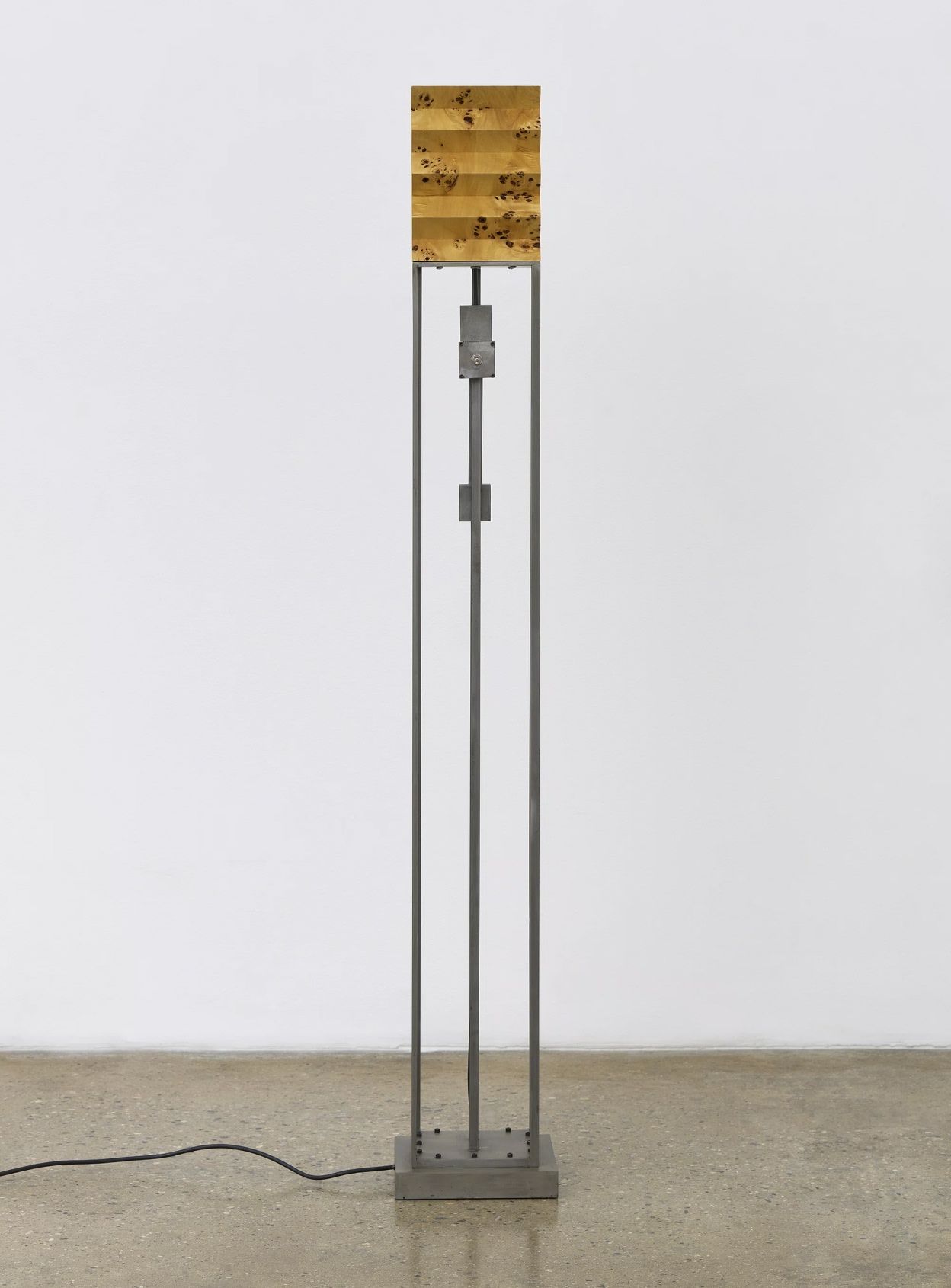
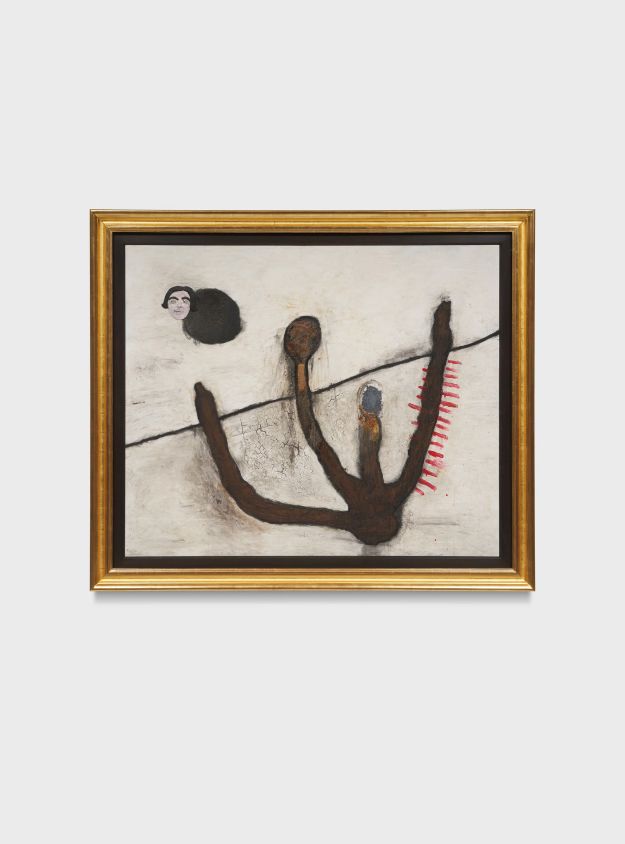
STYLE INSPIRATION
Amid the darkness, dreams and disgust, Lynch’s cinematic universe has become synonymous with incredible style. I spent a number of years trying to emulate Special Agent Dale Cooper’s coif, but so many Twin Peaks characters are dressed impeccably—Josie Packard's exquisite slickback and elegant dresses, Sheriff Truman's woodsy plaid blazer and amulet combo, the bad boy two-shirt and leather jacket combo of Bobby Briggs, Shelley Johnson’s eyebrows?! Audrey Horne!?! No shortage of great suits, layering, deep color intelligence, beautiful materials and so forth. I noticed on a recent rewatch that Jerry Horne, the world traveller, returned to the Great Northern from France wearing what appears to be a vintage Chopard dual-timezone watch, presumably to keep time in Paris from the Pacific Northwest (an incredibly thoughtful detail!). Twin Peaks is just one on-screen experience that embodies Lynch’s affinity for dressing well, an uncanny mixture of contemporary fashion and golden-age glamour. And to say nothing of his pursuit of a perfect pair of pants!
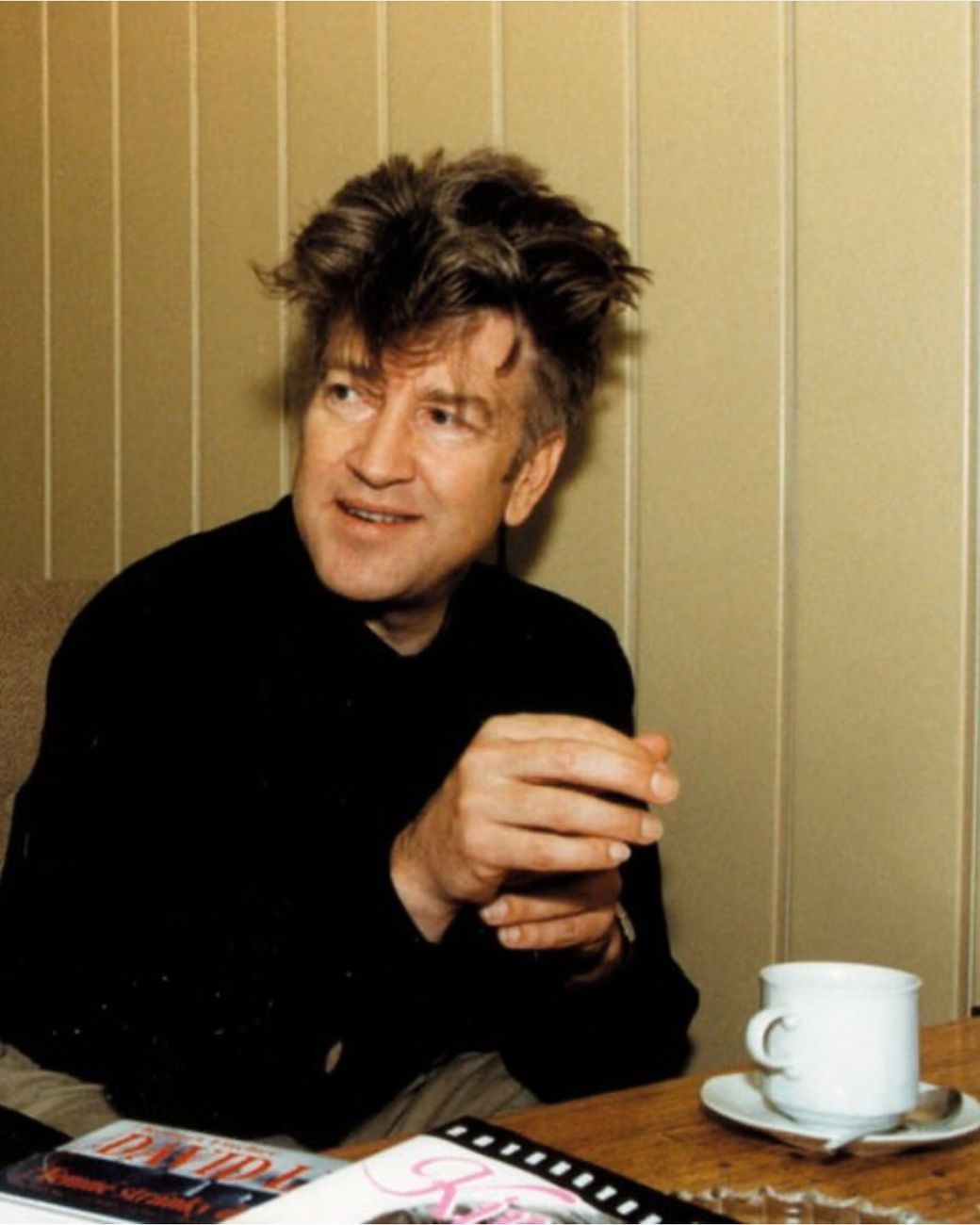
'DIGITAL NUDES’
Produced in partnership with Fondation Cartier pour l’art contemporain, Digital Nudes (2021) is a sensuous exploration of the feminine body, a direct continuation of 2017’s Nudes and The Air is On Fire, a 2007 gallery show. Nude femmes are of course one of history’s most explored artistic subjects, particularly by male artists. Within the framework of Lynch’s oeuvre, however, Nudes’ chiaroscuro abstraction and formal looseness feels like a continuation of his layered cinematic language, defying tidy appraisals or understanding. Bodies emerge and disappear simultaneously out of and into the darkness, hard to place patches of skin appear almost totally abstracted as gradients of light and dark. Worthy of any good art book collection for Lynch fans or otherwise — pick up a copy now at Cartier.
INTERIORS AT SILENCIO
Lynch also made off-screen excursions into interiors with Silencio, the first outpost of his nightclub in Paris. Opened in 2011 and Inspired by a venue of the same name in Mulholland Drive’s Los Angeles, Silencio draws on Lynch’s keen sense of place, with cinematic stylings that would feel at home on any silver screen. Red fluorescent lights and patterned wood tiles, lustrous lacquer and sculptural metallics, velvet-upholstered midcentury sofas—somehow it all feels so Lynchian. Their new location in New York even takes direct inspiration from The Black Lodge, appointed entirely in deep red. Well worth checking out if you stay up past 9:15pm anymore.
